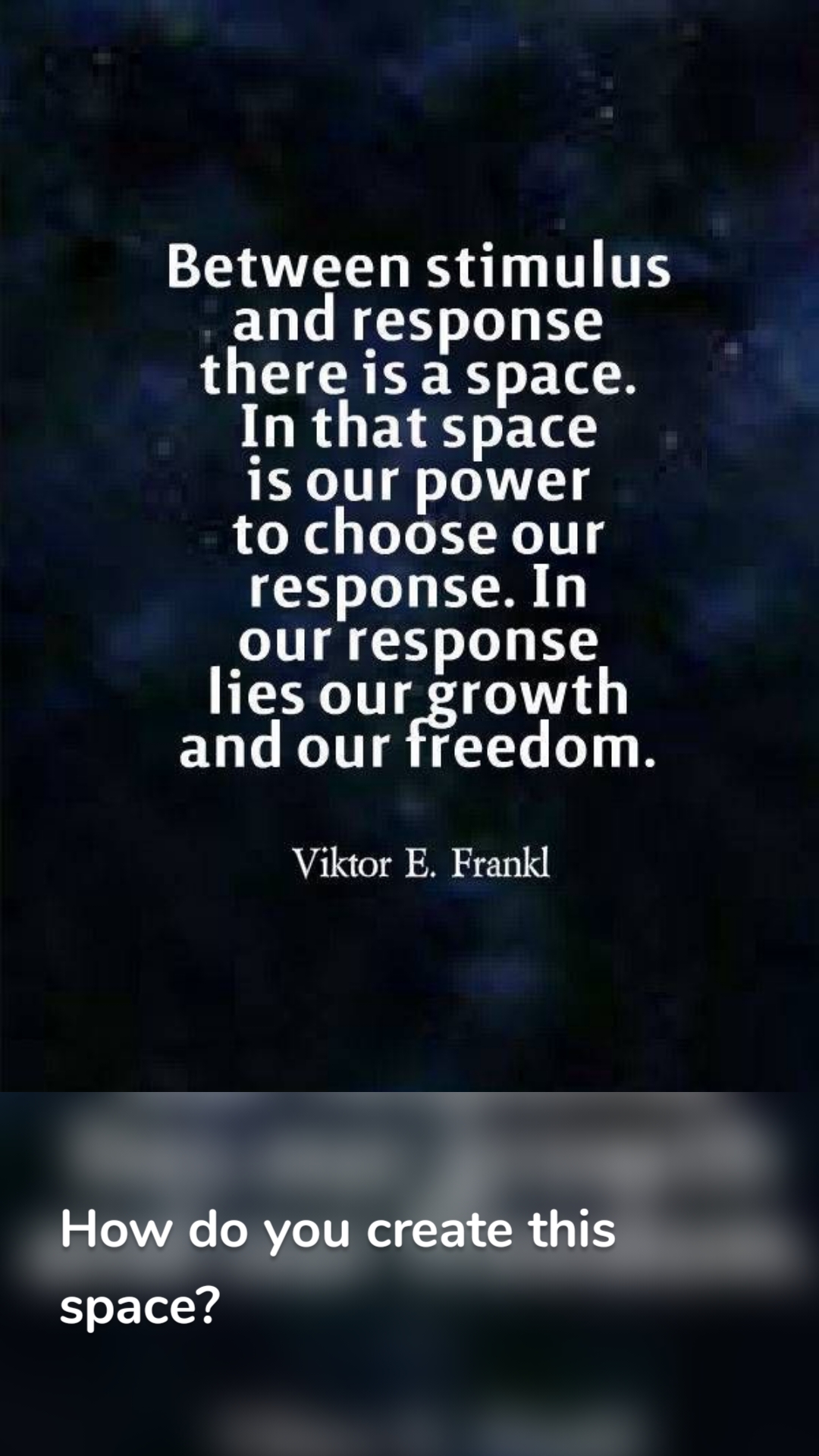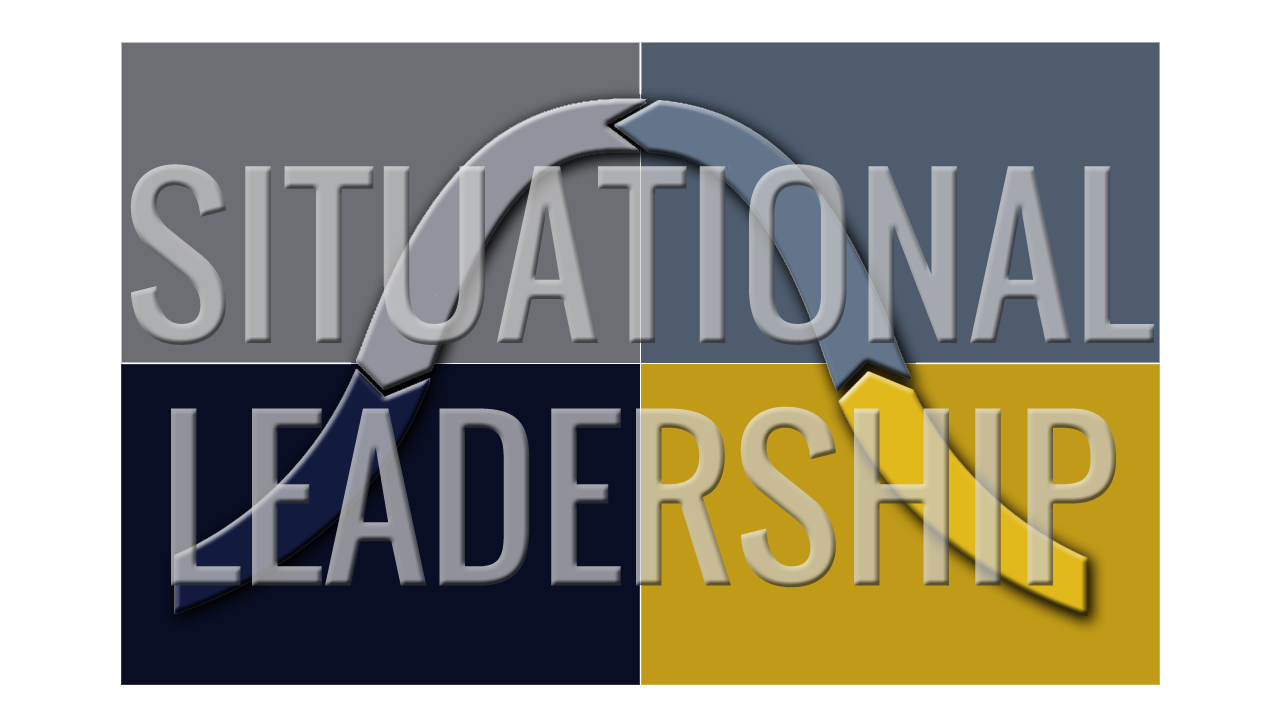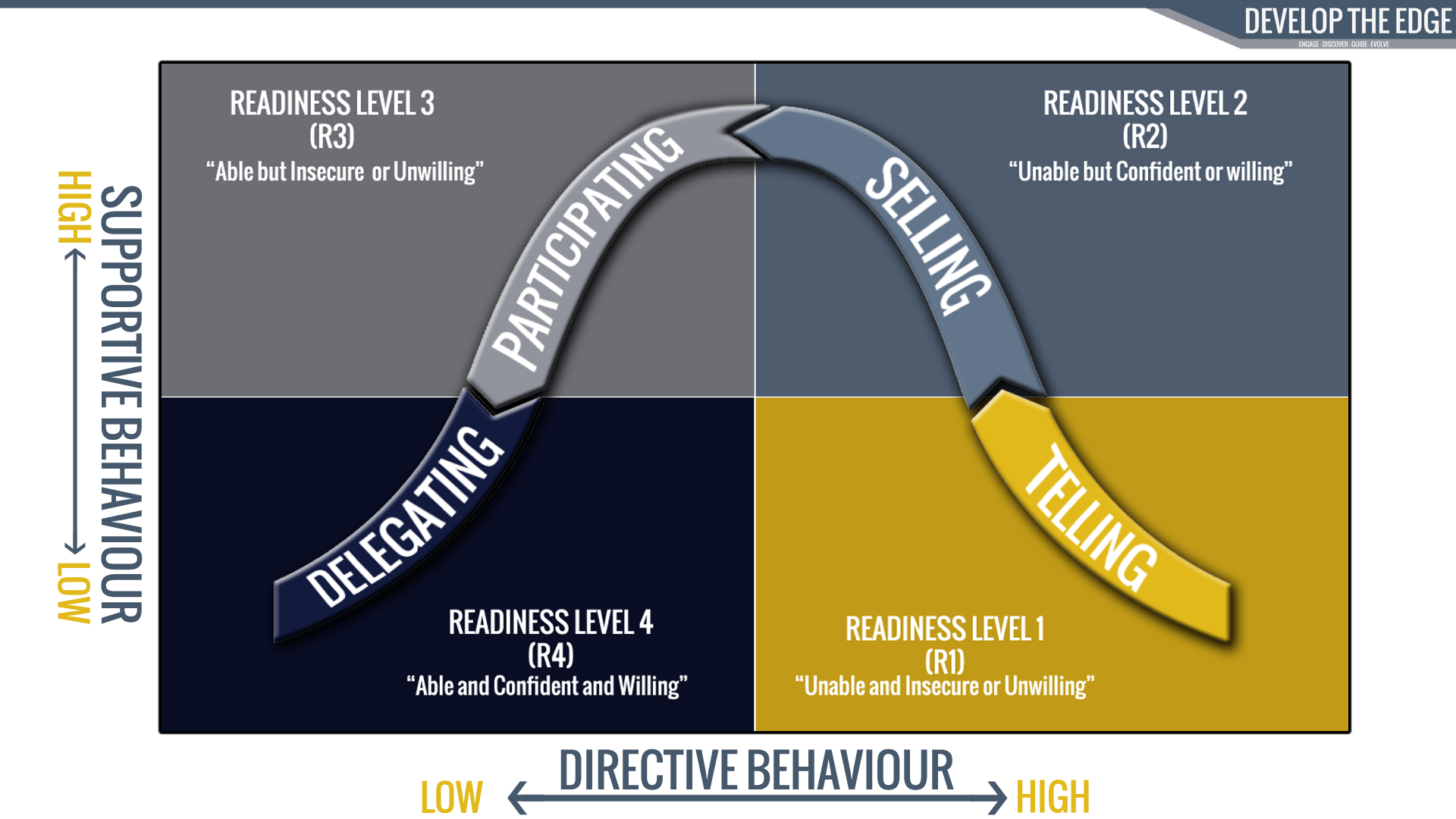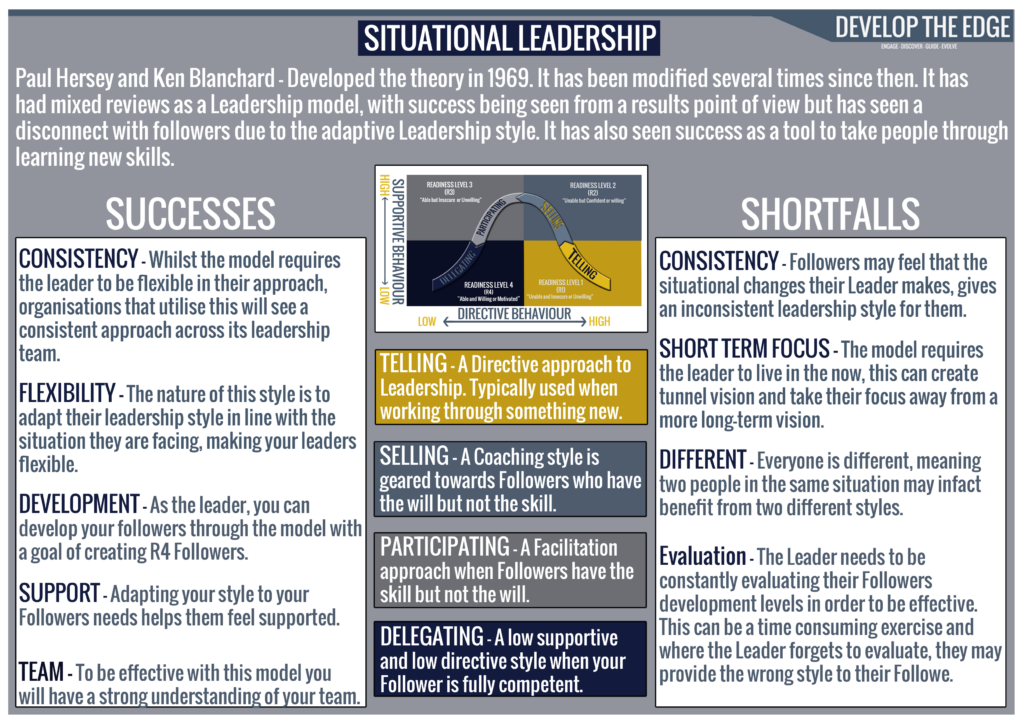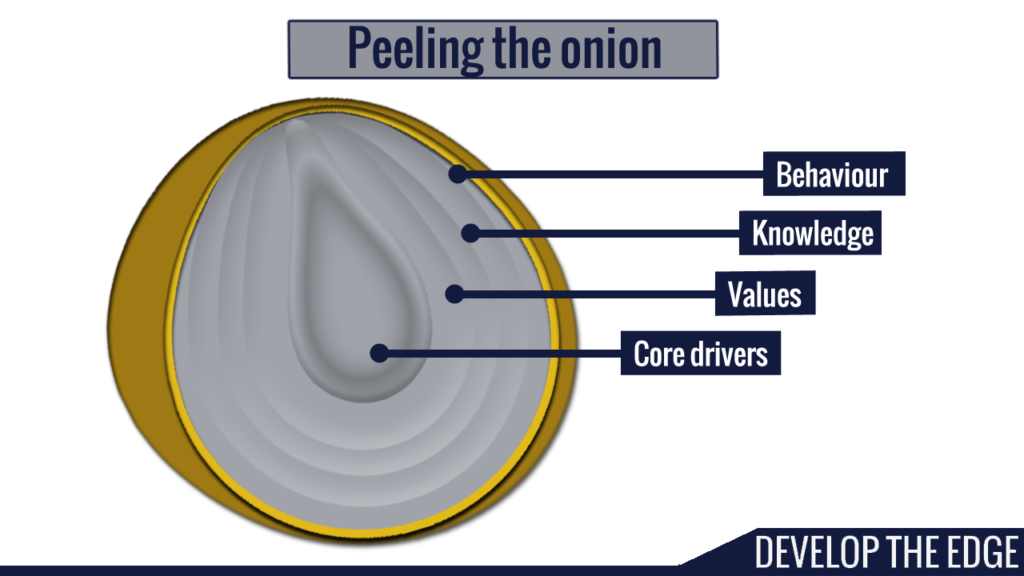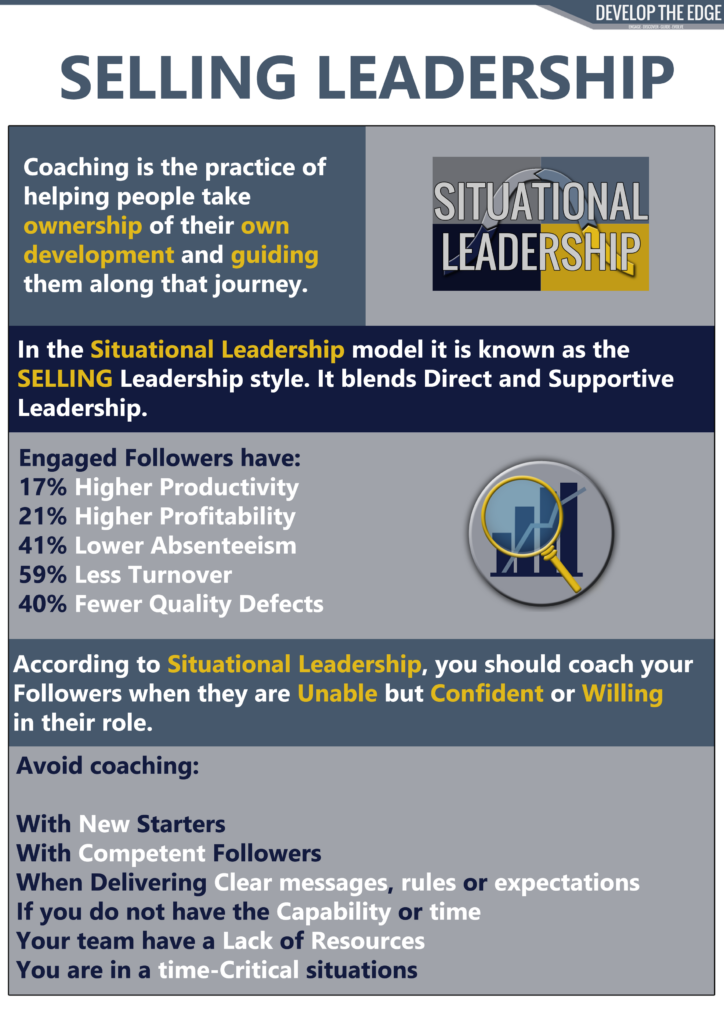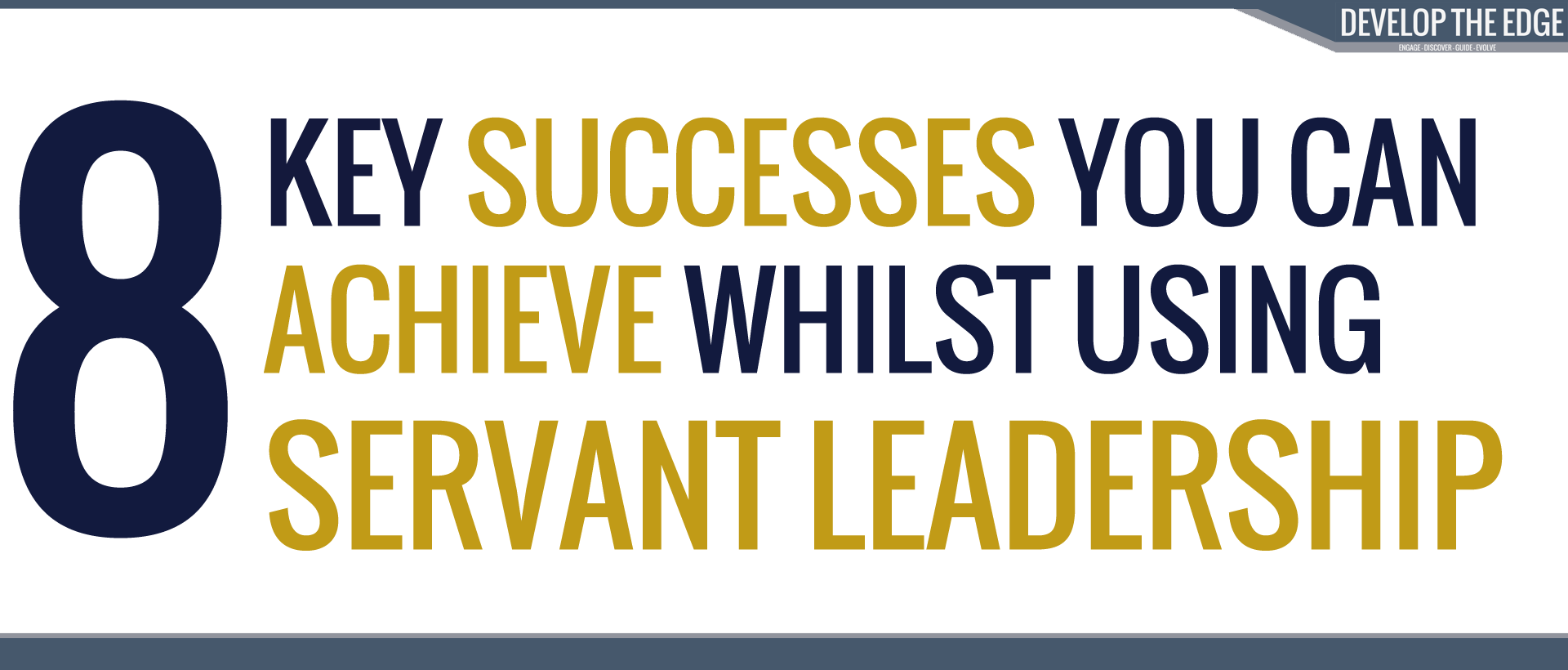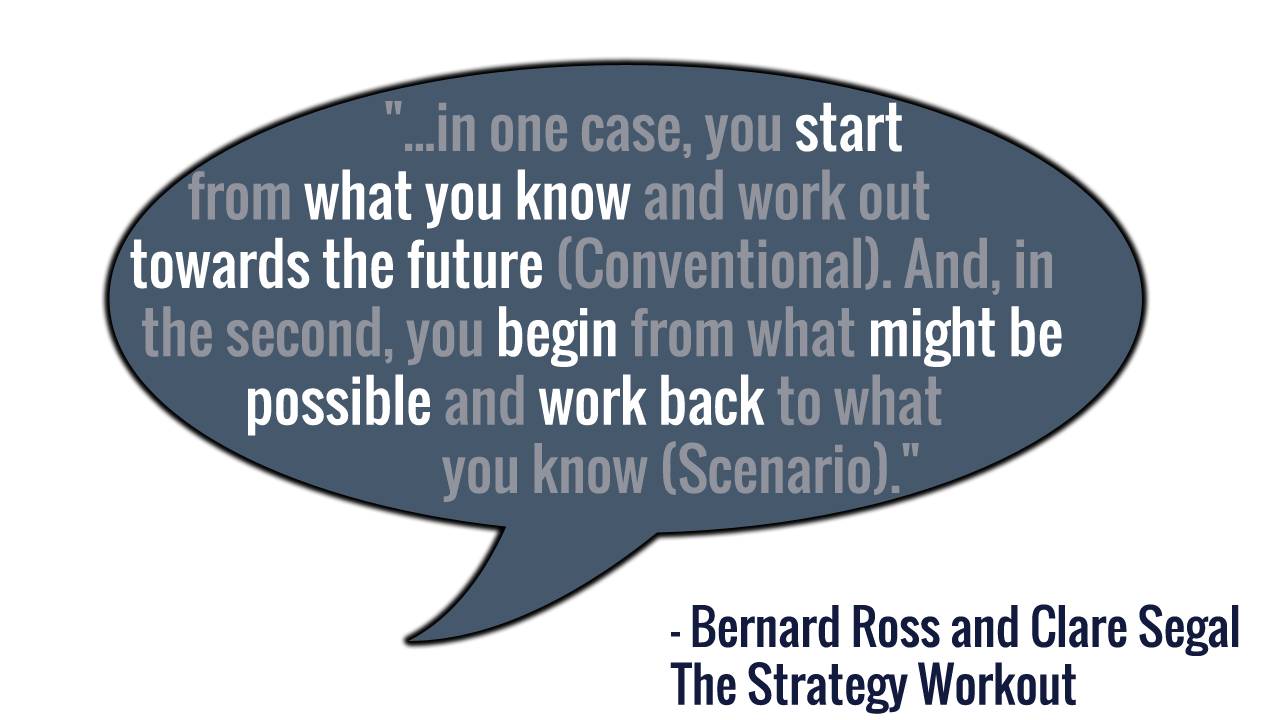Breaking free from assumptions: How to unlock clear thinking and improved solutions.

Imagine entering a room full of new people and making judgements about them, the situation and your abilities within this environment. Consider how many missed opportunities this could lead to, relationships you didn’t nurture, comfort zones you didn’t push or experiences you didn’t try. The fact is, our world is so full of information it would be impossible to know everything and so our minds are full of gaps in knowledge, which leads us to making assumptions that can negatively impact ourselves and our relationships. In this article we are going to look at the power of breaking free from assumptions, learning how to think clearer, build stronger relationships and discover solutions. Are you ready to challenge your perceptions and help yourself see the world through fresh eyes? Let’s get stuck in.

Why does this matter?
In Neuro-Linguistic-Programming (NLP) one of the core principles is: ‘The map is not the territory’. Put simply, if we imagine a map of your city, it will never truly represent the city itself – no matter how detailed it is. It might be missing an update, it might not give you an idea how tall the buildings are or the experiences happening within the city itself. A map is just a representation of the city – it can never capture the actual city. This is the same as our experience in the world. The way we see things isn’t the raw data that is presented to us, it is overlayed with our beliefs, values, experiences and world views. This is why hundreds of people can look at the same piece of art and get different ideas and feelings about what it means – they are layering their own representations onto the art. We do this all of the time and we largely do this through making assumptions based on our map (or view ) of the world.
A lot of internal and external conflict is caused because:
- We can only see our map, we can’t see how others are interpreting the world.
- We don’t question our map to see if it’s correct or outdated.
- We don’t question people about their maps to understand their view.
As the raw data enters our senses, our brain has to quickly filter this information so we do not get overloaded. This makes the data easier for us to digest and make quick decisions on. Below are some of the filters our brain uses before the information gets to us on a conscious level.

- Deletion – We choose not to notice things – (for example the temperature of our left leg – which you may all of a sudden start noticing now!)
- Distortion – Mistaking something for something else (for example thinking you see a snake on a walk but it’s just a branch)
- Generalisation – Where one experience is applied to all experience in that way (for example: “Putting myself out there never goes well.”).
- Conformation Bias – We look for data that supports our world view and disregard data that disagrees with it
- Bandwagon effect – We are more likely to do something others are doing
- The Halo effect – When we like someone, their actions are more favourable
- Mind-reading – when we assume the reasons for someone elses behaviour (“They did [A] because they don’t care about me.”
- Illusion of control – We believe we have more control than we do (lucky socks when our sports team are playing)
From this we can see how many filters the world goes through before we begin to experience it and we can see how our past experiences will change how we see the world now. This can be a major source of conflict in our lives as we assume we have the ‘correct’ point of view and don’t invest time in understanding the actions or thought processes of others. Hearing and challenging assumptions is an important tool for both self-regulation and effective coaching.
So who has the right map?!
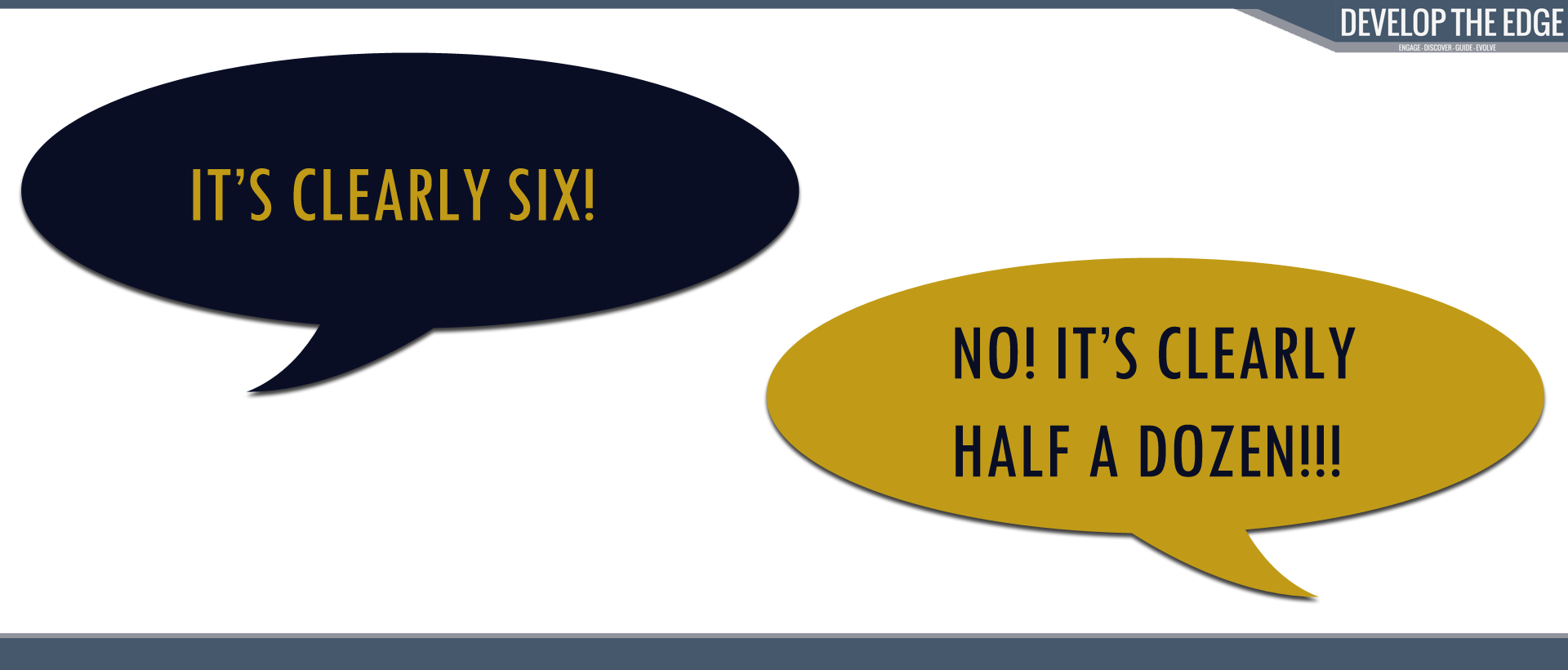
That’s a great question…that we will likely never be able to answer, so instead of focusing on which map is right and which map is wrong – lets asks a simpler, more impactful question:
“Is the map useful?”

Challenging Assumptions
To establish whether or not a map is useful, we need to recognise the assumptions we are making and then explore them. We have attached a workbook at the bottom of this article that you can download, edit and use. To take this from a random article you’re reading to a learning experience to remember, consider running a few situations and assumptions through the workbook now, using the below method. Like all things, this is a skill that can only be improved with practice. If you want to get better at truly learning a skill, check out our article based on the science of learning: Here
Below are 4 practical steps to recognise, challenge and find a clear way forward:
-
Recognising assumptions:

Be conscious of and watch out for the 8 filters outlined above. Here are some key thoughts or phrases people may use when making these assumptions:
- Using Absolutes/Generaliations: “ALWAYS”, “NEVER”, “EVERYONE”, “NOONE”, sweeping statements, cliches and so on.
- Mind-reading – “They are mean/rude/inconsiderate/selfish” – “They did this because they wanted that”
- Bandwagon – “That team do [A] and it’s working for them.”
- Halo Effect – “What they did wasn’t great but that’s not like them, they must have had good reasons.”
- Strong emotions – “I’m fuming!” or “This is causing me anxiety!”
- Belief orientated – “I think”, “I believe”, “I feel” & “I should”
One we have recognised our assumptions; we can move on to challenging them effectively:
2) Questioning assumptions:

Whether you are coaching or self-reflecting, here are some great, thought-provoking questions to challenge assumptions:
- What am I assuming about this person/situation?
- How did I come up with this assumption?
- What past experiences are influencing this assumption?
- How could I explain my assumption to a stranger?
- What would change if this assumption was wrong?
- What beliefs are influencing me?
- Is this factual or based on my interpretation?
- What other assumptions/reasons could there be?
- Who would see this in a different view and how?
- What proof/evidence/data can I find?
- How have I contributed to this situation?
- How have others contributed to it?
- Am I missing anything?
- Is my map being useful right now?
- What would be a more useful way to think about this?
Let’s put our coaching hat on. Try to find the assumptions or filters our Coachee is seeing the situation through in the below scenario. Use the above questions or create your own to bring the person you are coaching to clarity:
Scenario: Their partner said they would be back at 3pm but it got to 5pm and they were still not home. The Coachee tells you “I was fuming because they always do this! They’re so selfish!!!”
- Question 1: What assumptions are they making / what filters are they seeing the situation through?
- Question 2: What can we ask them to help them gain clarity?
Done? Smashed it, let’s take a look at the assumptions our Coachee had and look at some good challenges to these assumptions:
Scenario 1:
3 Key identifiers here: “Fuming” – Emotional frame, “Always” – Using Absolutes and “Selfish” – Mind reading. There could also be a value or belief at play here that makes being on time important for them. Is one of their values being on time? Do they think their partner being late is a reflection on their selfworth? Was there an important event they missed? – Exploring what’s happening will really help us gain clarity.
Questions to ask our coachee:
- They always do it?
- How many times has this happened this year?
- Did you speak to them? What happened?
- What makes you feel that this was a selfish decision?
- This clearly made you angry, what about this was frustrating for you?
- What caused them to be late?
- Could you have contributed to this at all?
- What made being on time important on this occasion?
- Did they understand how important being on time is for you?
- What could they have been thinking?
- Imagine they are acting with their best intentions, what could make them late?
- What would be the best way forward for you here?
3) Finding solutions:

With a clearer view on the assumptions that were made and how they have impacted our thought process, we will be in a stronger position to look for solutions. Sometimes, merely questioning the assumptions will provide us with enough clarity to know the next step forward.
If we really seek to understand the situation instead of relying on assumptions, it helps us make an informed decision about the best way forward. By making a conscious effort to continually question our assumptions, we are creating a habit for critical thinking – which is one very sought after skill that can greatly benefit the way we think, feel and act in the future.
4) Embedding

Like all things, critical thinking is a muscle that we need to train consistently. Consider the below 3 approaches to help become a really effective coach to yourself and others:
- Journalling – Writing down thoughts and looking for assumptions will enable us to pick it up more freely in every day conversations.
- Mindfulness – Being present, labelling and challenging your thoughts and internal dialogue will help you reinforce good critical thinking skills.
- Feedback – Asking for feedback for friends, family, colleagues and clients.
- Own it. Not much drives change like ownership – for tips on accountability – check out the Accountability Ladder article here
If you found this article interesting, engaging and valuable, please consider sharing it.
Summary
We all make assumptions.
These assumptions are there as a mental shortcut for us to process information and help us to quickly assess for danger.
Assumptions often cause conflict because we react instead of seeking to understand what actually happened.
We discussed 8 main filters; Deletion, Distortion, Generalisation, Conformation Bias, Band-wagon effect, Halo effect, Mind reading and the llusion of control.
Instead of being concerned with who has the right map, be concerned with if the map we’re using is helpful.
We discussed a 4 step process to challenge assumptions: Recognise, Question, Finding solutions and embedding.
Thank you for reading our article, to help improve our content – please let us know how valuable this has been in helping you break free from assumptions and what else you want to see via: connect@developtheedge.com or by our Social Media platforms.





